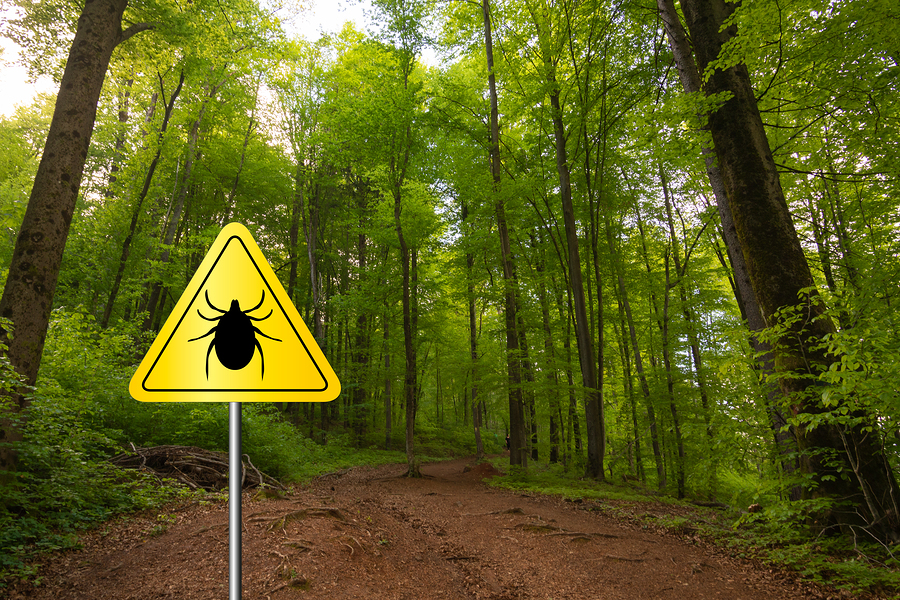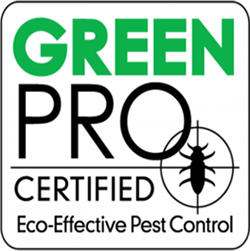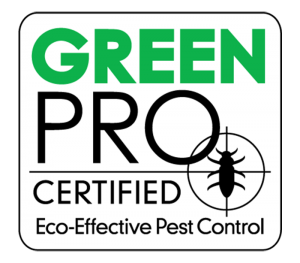What to do if someone in your family or your pets have ticks
Not only are ticks one of the most disturbing parasites you can find on your body but they’re also a huge health hazard to humans and pets.
Unlike other insects that often bite or sting and then go on their way, ticks are known to bite and remain in the affected area of skin until they’re removed and even then the threat isn’t over. It’s important to note that some species of ticks are more harmful than others. The more harmful species of ticks will not just cause severe skin irritations but they can also spread serious diseases.

Locating and removing a tick quickly and correctly is key to minimizing health risks, whether it’s attached itself to a human or to a family pet. After you or your children, or pets have been outdoors, especially in tall grass or wooded areas, it’s vital to check for possible tick bites. These parasitic insects tend to be drawn to certain areas of the body such as underarms, upper leg, and head and scalp. On pets, they tend to be found anywhere in their hair and ears, however they can be found anywhere on the bodies of humans and animals.
According to the Centers for Disease Control there are several basic steps to take if a tick is found attached to your skin. These guidelines are the same for pets who’ve suffered from a tick bite.
How to remove a tick
- Use fine-tipped tweezers to grasp the tick as close to the skin’s surface as possible.
- Pull upward with steady, even pressure. Don’t twist or jerk the tick; this can cause the mouth-parts to break off and remain in the skin. If this happens, remove the mouth-parts with tweezers. If you are unable to remove the mouth easily with clean tweezers, leave it alone and let the skin heal.
- After removing the tick, thoroughly clean the bite area and your hands with rubbing alcohol or soap and water.
Never crush a tick with your fingers. Dispose of a live tick by putting it in alcohol, placing it in a sealed bag/container, wrapping it tightly in tape, or flushing it down the toilet. Some signs that you should seek medical attention after a tick bite include red spots or rash near the bite site, full-body rash, neck stiffness, headache, fever, nausea, joint pain or weakness. Any of these symptoms after a tick bite are cause for alarm and a hospital or a doctor visit should immediately follow.
Precautions to avoid exposure
Though there are precautions you can take to avoid your exposure to ticks, it’s virtually impossible to completely avoid them. They can be almost anywhere during any season. Some simple steps to take to avoid a tick bite in tick-infested areas:
- Try to walk in the center of trails rather than at edges
- Use deterrents such as topical bug sprays on you and your pets
- Consider wearing dark-colored clothing which is actually less attractive to ticks
- Shower immediately after returning from outdoor activities, do a full body check for ticks, bathe pets regularly and check for ticks daily
Keeping your yard and lawn free from excess bushes and tall grass will help immensely to deter ticks near your home. Treating exterior areas with pet and child-safe pesticides will help to keep most insects from infesting your outdoor areas. Be sure you watch for signs and symptoms on family pets such as swollen or red bite areas. If you suspect that there are ticks or other biting insects near your home, the professionals at Spence’s Pest Control can discuss treatment options and help with all your pest control problems.












